An employment surge has seen Australia’s jobless rate fall to a 48-year low across June and December 2022.
“This was back to the level we saw in December.”
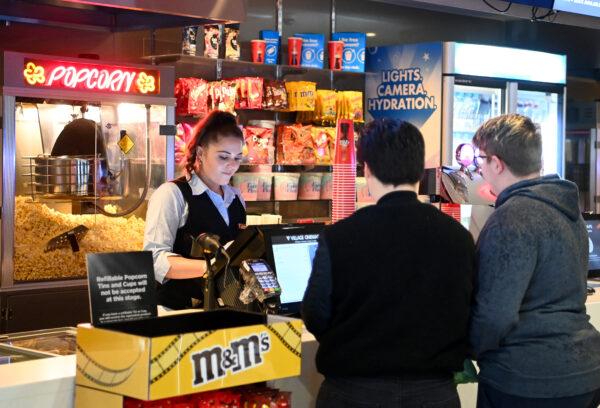
The participation rate, an indicator of the economy’s active workforce, climbed slightly by 0.1 percent to 66.6 percent, back to its December level.
Meanwhile, the underemployment rate, which measures the portion of the workforce that wants to work more hours, slipped from 6.2 percent to 5.8 percent in February.
Between jurisdictions, the Australian Capital Territory had the lowest jobless rate at three percent, followed by New South Wales at 3.2 percent, and Queensland and Tasmania at 3.7 percent.
What Was Behind the Rise in February?
Many economists believed the uptick was due to the unusually high number of Australians postponing the start of their jobs in January.BIS Oxford Economics head of macroeconomic forecasting Sean Langcake said the February report had captured this portion of the workforce, undoing the weak labour market performance in January.
Likewise, Employment Minister Tony Burke said the February results partly reflected Australians taking some well-deserved leave over January.
“We still expect unemployment to moderate over the coming months on the trajectory we outlined at Budget.”
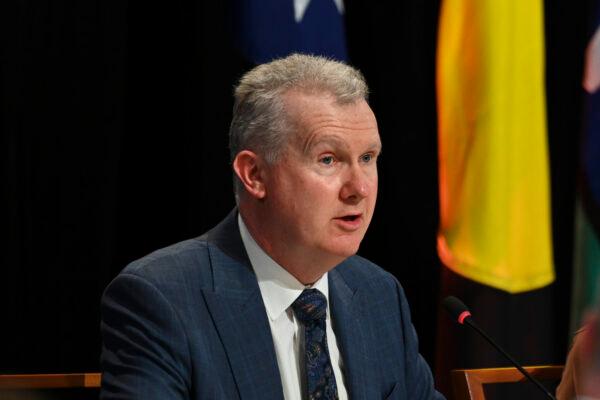
While the minister noted that the labour market still remained strong, he said there were too many Australians working in insecure jobs, pointing to 2.7 million casual employees with no paid leave entitlements in November 2022.
Burke also said that the federal government’s economic plan was about getting wages growing again in a responsible way to help Australians combat the high cost of living pressures.
The Potential Impact on Interest Rates
Langcake believed the drop in the national jobless rate would likely prompt the Reserve Bank of Australia (RBA) to lift the official cash rate in the next board meeting.While the RBA board hinted at further interest rate hikes in the coming months, it had softened its tone, leading to speculation about a potential pause.
“The labour market continues to track in a very strong position and is starting to generate faster wage growth,” Langcake said in comments obtained by AAP.
Under this condition, Langcake said the central bank would want to ensure labour cost pressures remained under control with higher interest rates.
Regarding the outlook of the labour force, the economist said the unemployment rate was likely to trend up in 2023 as higher interest rates dampened demand for workers.
Meanwhile, Westpack Bank chief economist Besa Deda said the latest workforce figures were unlikely to affect the RBA’s upcoming interest rate decision following the demise of the Silicon Valley Bank (SVB) in the United States.
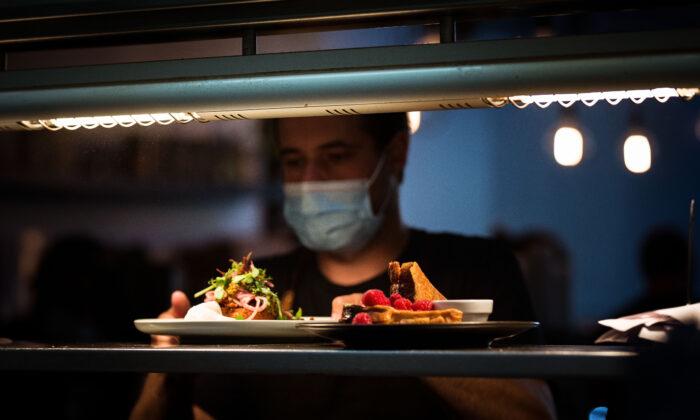

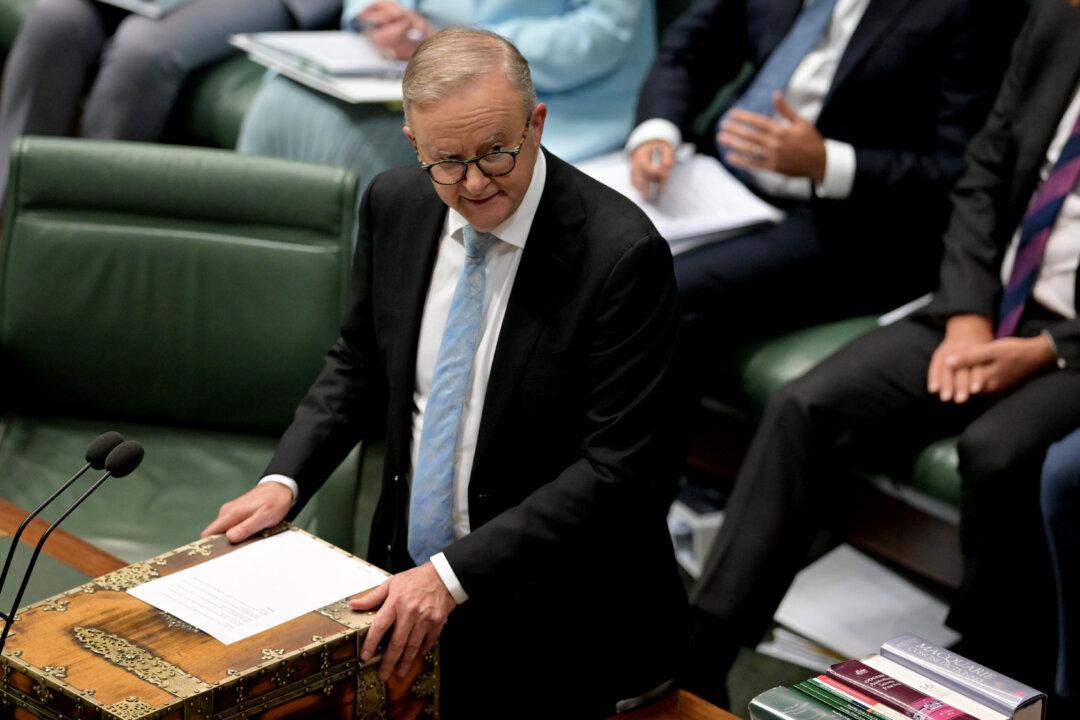

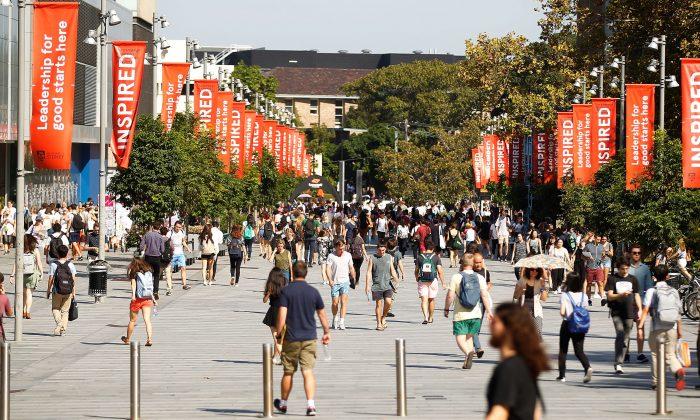

Friends Read Free